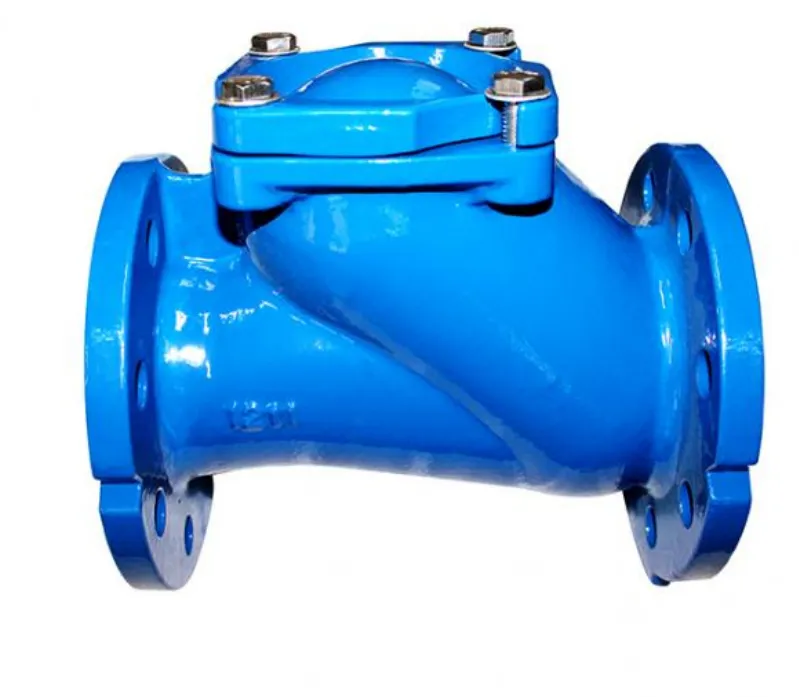Dec . 01, 2024 20:56 Back to list
water valve types
Understanding Water Valve Types A Comprehensive Guide
Water valves are critical components in plumbing systems, playing a crucial role in controlling the flow of water. With numerous types of water valves available, understanding their functions and applications can help you make informed decisions whether you are a homeowner, a plumber, or a DIY enthusiast. This article explores the main types of water valves, their characteristics, and uses, providing insights into which valve might be the best fit for your needs.
1. Gate Valve
Gate valves are designed to start or stop the flow of water. They are characterized by a wedge-shaped metal gate that opens or closes within the valve body. One of the primary advantages of gate valves is their ability to provide minimal flow resistance when fully opened, making them an excellent choice for applications where full flow is required. However, they are not ideal for throttling purposes as they can be prone to wear and tear when partially opened. Gate valves are commonly used in water distribution systems, irrigation, and large-scale plumbing systems.
2. Globe Valve
Globe valves, as their name suggests, have a spherical body shape and are primarily used for regulating flow. They function by raising or lowering a movable disc (the globe) to control water passage. This kind of valve offers better throttling capabilities compared to gate valves, making them suitable for applications where precise flow control is essential, such as in heating systems or chemical installations. However, they do create greater flow resistance than gate valves and typically have a higher pressure drop.
3. Ball Valve
Ball valves use a spherical disc to control water flow, and they are known for their durability and long service life. When the valve handle is turned 90 degrees, the ball either allows or blocks the flow of water. Ball valves can be swiftly opened or closed, making them ideal for numerous applications, from residential plumbing to industrial settings. Their quick operation and tight seal when closed contribute to their popularity and reliability, especially in situations requiring shut-off functionality.
water valve types

4. Butterfly Valve
Butterfly valves utilize a rotating disc to manage water flow. They operate similarly to ball valves, but the disc is mounted on a rod that turns to open or close the valve. Butterfly valves are typically lighter and more compact compared to other valve types, which makes them a favorable choice for large pipelines and systems where space is constrained. They are commonly used in water treatment plants, HVAC systems, and fire protection systems. Due to their quick operation and lower pressure drop, they are frequently preferred in large-scale operations.
5. Check Valve
Check valves are essential for preventing backflow in plumbing systems. They only allow water to flow in one direction, automatically closing if the flow reverses. This mechanism is crucial for protecting pumps, preventing contamination, and maintaining pressure within the system. There are various types of check valves, including swing check, lift check, and ball check valves, each suited for different applications. They are commonly employed in water distribution and wastewater systems.
6. Pressure Relief Valve
Pressure relief valves are critical safety devices in plumbing systems. They automatically relieve excess pressure that could potentially damage pipes or other equipment. These valves are essential for systems that involve pressurized water, such as boilers and water heaters. They help prevent dangerous scenarios, ensuring that pressures remain within safe limits.
Conclusion
Choosing the right water valve is crucial for the efficiency and safety of any plumbing system. Each type of valve serves a unique purpose, whether it is controlling flow, providing shut-off capabilities, or preventing backflow. Understanding the specific benefits and applications of each valve type can lead to better decision-making and maintenance practices. Always consult with professionals if you're unsure which valve type is best for your specific application, as proper installation and selection are paramount to achieving optimal performance in plumbing systems.
-
Water Valve Gate Design Prevents Leakage and CorrosionNewsJul.11,2025
-
Steel Fab Table Features Reinforced Construction for LongevityNewsJul.11,2025
-
Specialized Valve Designs for High Pressure SystemsNewsJul.11,2025
-
Machinist Gauge Pins Feature Ground and Lapped FinishesNewsJul.11,2025
-
Hose Check Valve Prevents Backflow in Irrigation LinesNewsJul.11,2025
-
Durable Micrometer Tools Withstand Heavy Workshop UseNewsJul.11,2025
Related PRODUCTS









